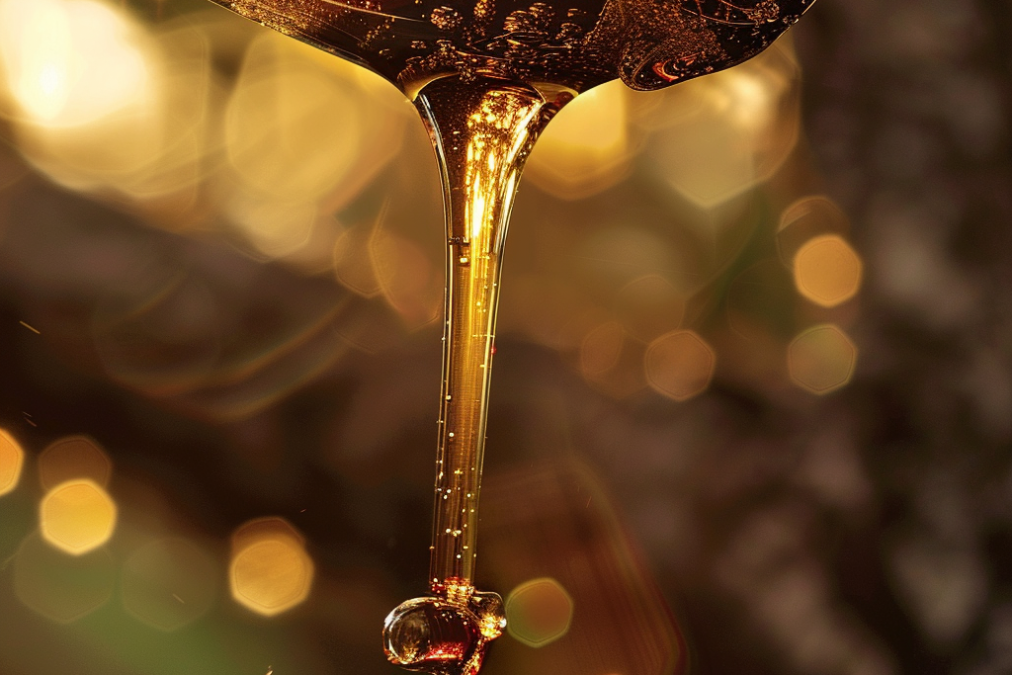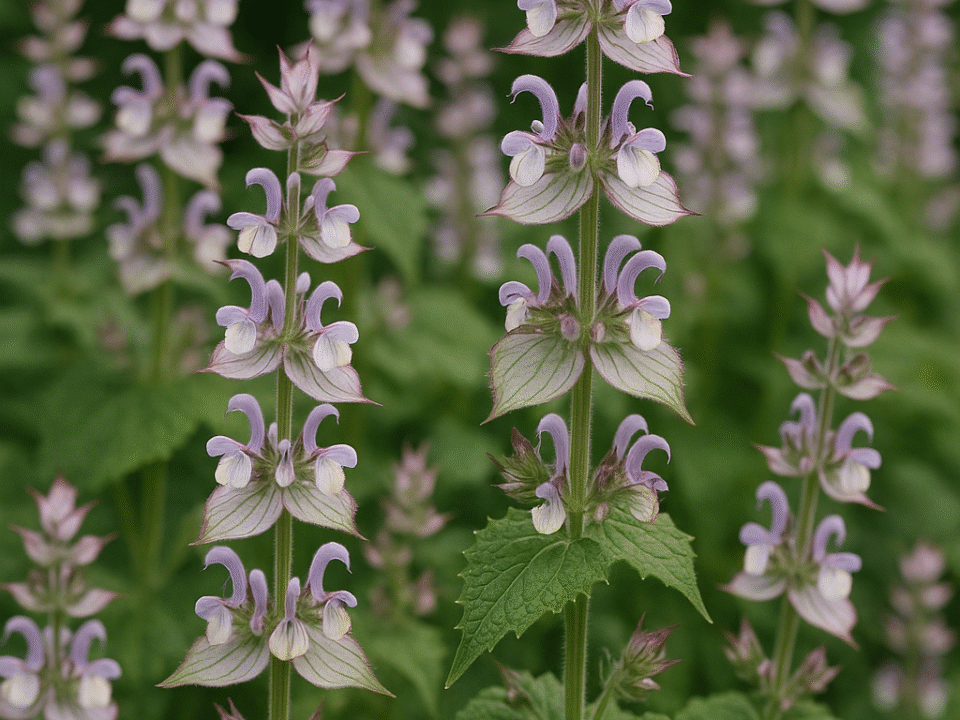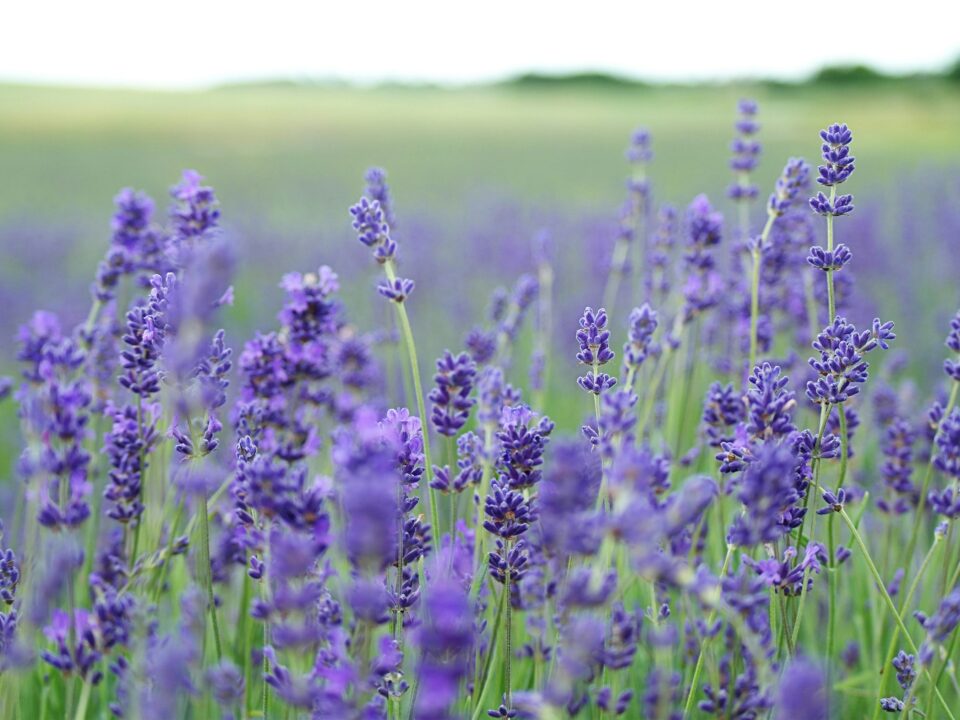
Acer saccharum, commonly known as the sugar maple, is a species of flowering plant belonging to the soapberry and lychee family, Sapindaceae. This tree is indigenous to the hardwood forests of eastern Canada and the eastern United States and is celebrated not only for its crucial role as the primary source of maple syrup but also for its vibrant fall foliage. Additionally, it is referred to by various names including rock maple, sugar tree, sweet maple, and in terms of its wood, hard maple, birds-eye maple, or curly maple, the latter two denoting specially figured lumber.
The sugar maple reaches reproductive maturity at approximately 30 years of age and can live for 200 to 300 years. Thriving in cooler climates, it requires a hard freeze each winter to maintain its dormancy cycle. The tree is a significant Canadian symbol, serving alongside the black maple as a major source of sap for maple syrup production. Although other maple species can also yield sap for syrup, they often have lower sugar content or produce a cloudier syrup than the sugar or black maples.
Historically, the Mohegan tribe, an Algonquian Native American group from Connecticut, utilized the inner bark of the sugar maple as a cough remedy and the sap as a sweetener and to produce maple syrup after the introduction of metal cookware by Europeans.
The wood of the sugar maple is highly prized for various manufacturing uses due to its robust and visually appealing grain. It is the preferred material for making bowling alleys, pins, and is extensively used in the construction of basketball courts, including those used by the NBA. Sugar maple is also favored for baseball bat production, especially as an alternative to white ash, which has been threatened by the emerald ash borer. Furthermore, it is commonly used in the crafting of musical instruments such as violins, guitars, grand pianos, and drum shells, and is utilized in the production of sporting goods.
Despite its previous popularity as a street and park tree in the 19th century due to its ease of propagation and transplant, and beautiful fall color, it has become less common in urban areas due to its sensitivity to pollution and road salt.
Sugar maple trees are also noted for another derivative: maple sap water. This product is created in early spring when maple trees draw water from the ground, which is then filtered through their roots and enriched with nutrients stored over the winter. After collection, the sap is carefully sterilized to eliminate pathogens while preserving its beneficial minerals, polyphenols, and antioxidants. While maple sap serves as the base for both sap water and syrup, they are not identical; sap water is pasteurized sap containing about 2% sugar, whereas syrup is concentrated to 66% sugar content.
In skincare, the effectiveness of hydration and active ingredient delivery largely depends on molecular size. Maple sap water, recognized for its small molecular size, serves as an excellent base ingredient in skincare formulations.
The molecular size of water is larger than that of the outermost layer of the skin, which is designed to be water-resistant. For effective hydration, it is beneficial for molecules to penetrate deeply into the skin. Maple sap water molecules, being smaller than typical water molecules and more comparable in size to our bodily fluids, are able to hydrate the skin more efficiently.
This ease of absorption allows the rich nutrients found in maple sap water—such as amino acids, zinc, and manganese—to be deeply infused into the skin, enhancing its nourishment. Maple sap water is abundant in minerals, polyphenols, and 46 bio-active compounds, exhibiting strong antioxidant properties. Notably, it is a significant source of manganese, a vital nutrient that the body must acquire from external sources. For instance, 12 ounces of maple sap water delivers 40% of the daily recommended value of manganese, which is higher than that found in a comparable amount of kale.
Manganese also plays a crucial role in forming the antioxidant enzyme superoxide dismutase, which is instrumental in protecting cells from oxidative stress. Although further research is necessary, preliminary studies indicate that replacing traditional water with birch sap in skincare formulations significantly boosts the production of certain skin cells. Given its similarities with birch sap, maple sap may also hold potential benefits in skin cell regeneration.
Maple sap water is also rich in antioxidants, which rejuvenate skin cells and improve the skin’s appearance while treating inflammation and skin blemishes. The water is laden with phytochemicals and polyphenols—natural compounds that shield cells from oxidative stress and help combat inflammation.
Oxidative damage, which accelerates aging and contributes to various chronic diseases like arthritis, inflammatory bowel disease, and heart disease, is mitigated by antioxidants. These compounds neutralize harmful free radicals and shield the skin from environmental damage such as UV exposure and pollution. Furthermore, antioxidants support collagen production, enhancing the skin’s elasticity and overall health.
The active ingredient of sugar maple is safe to use on daily basis and incorporate into regular skin care regime.



